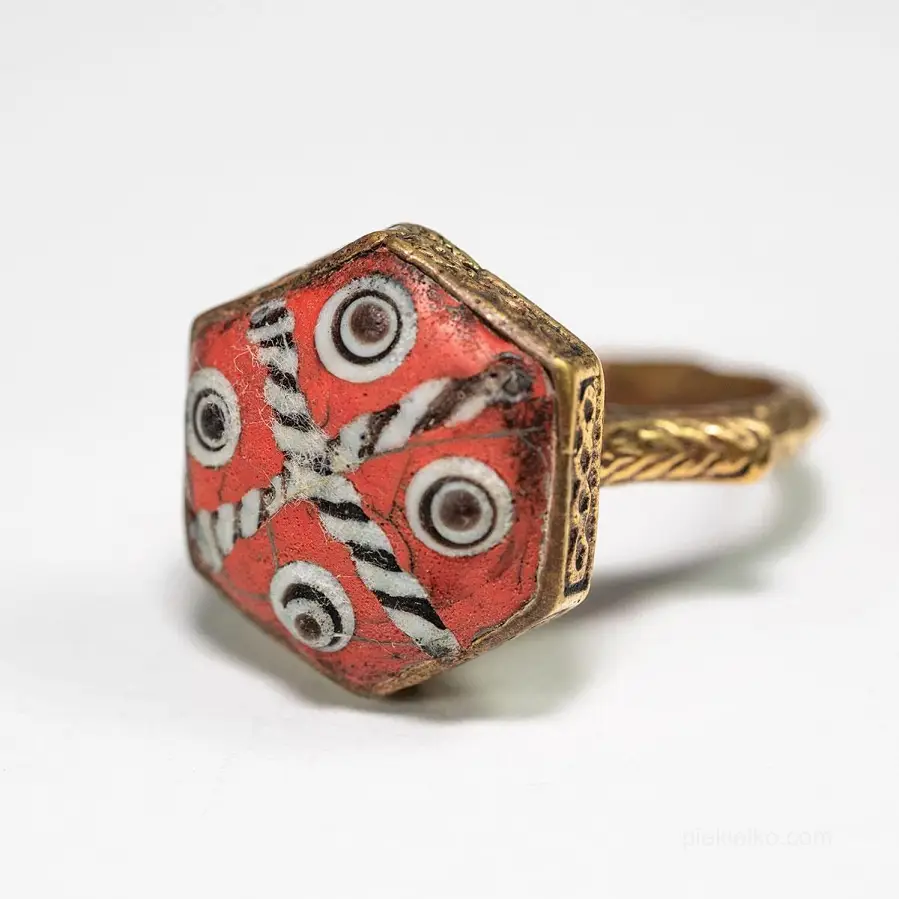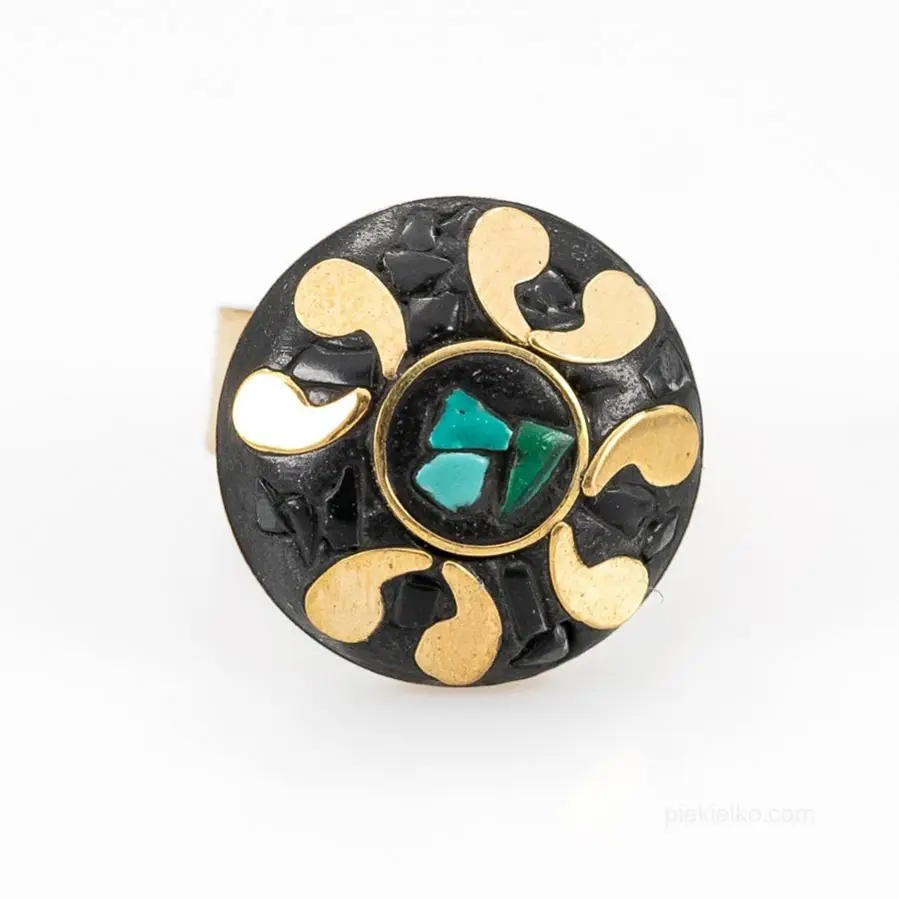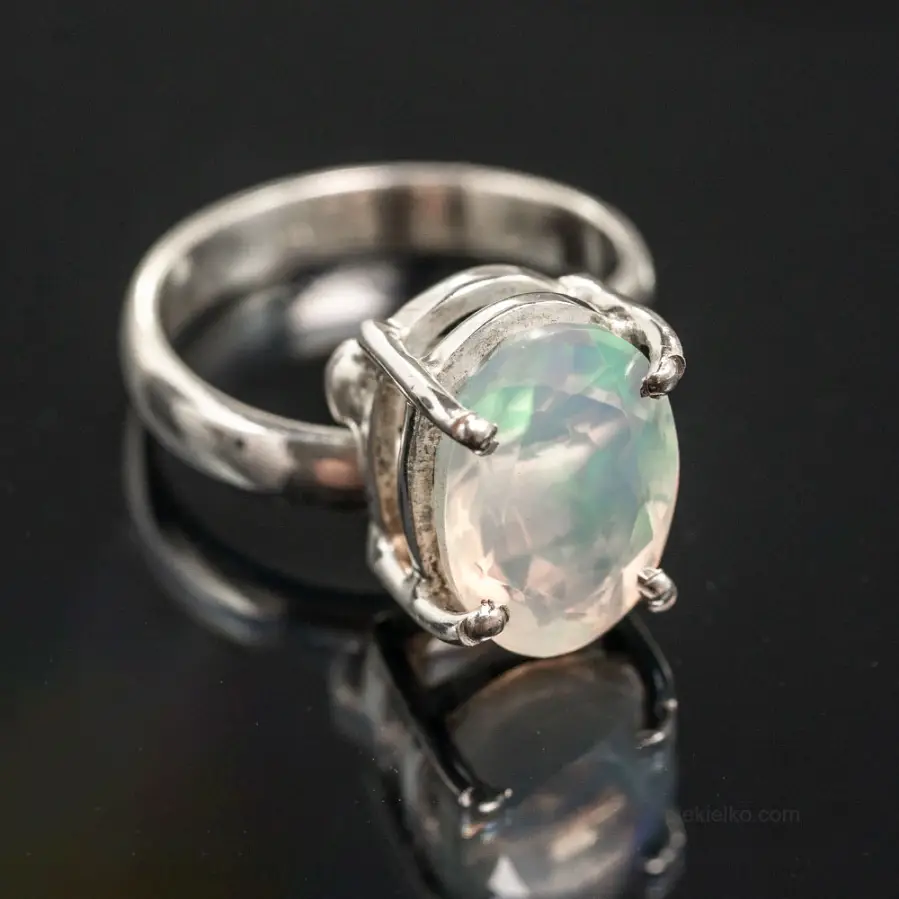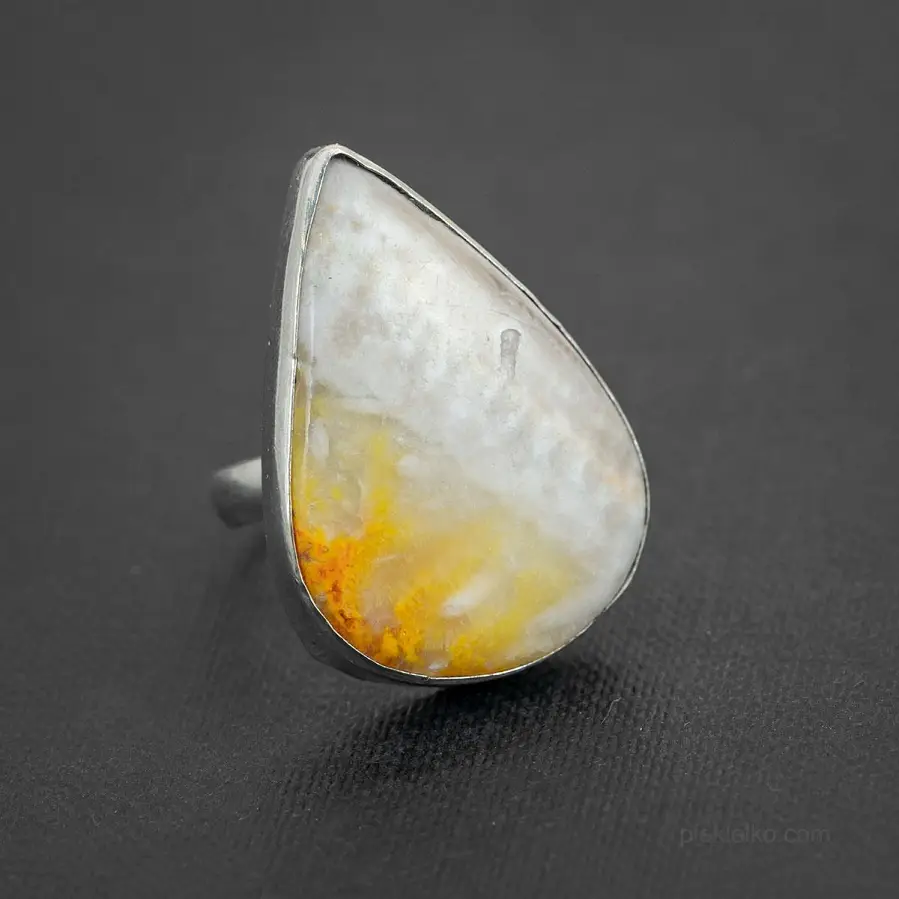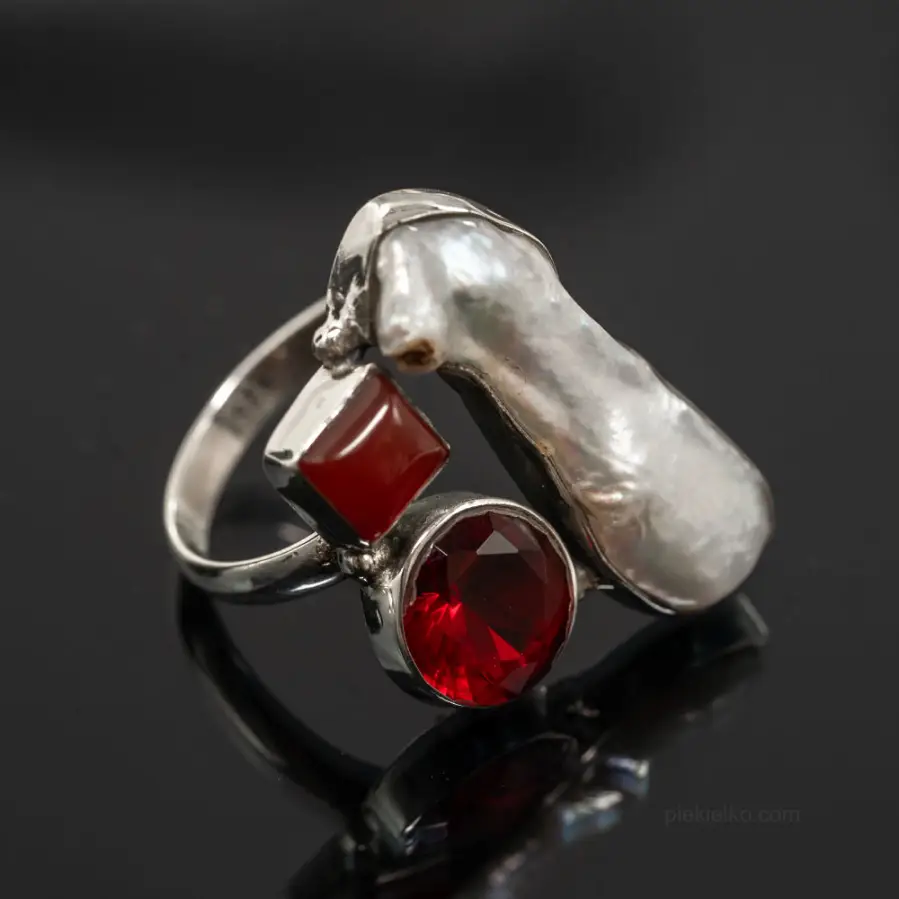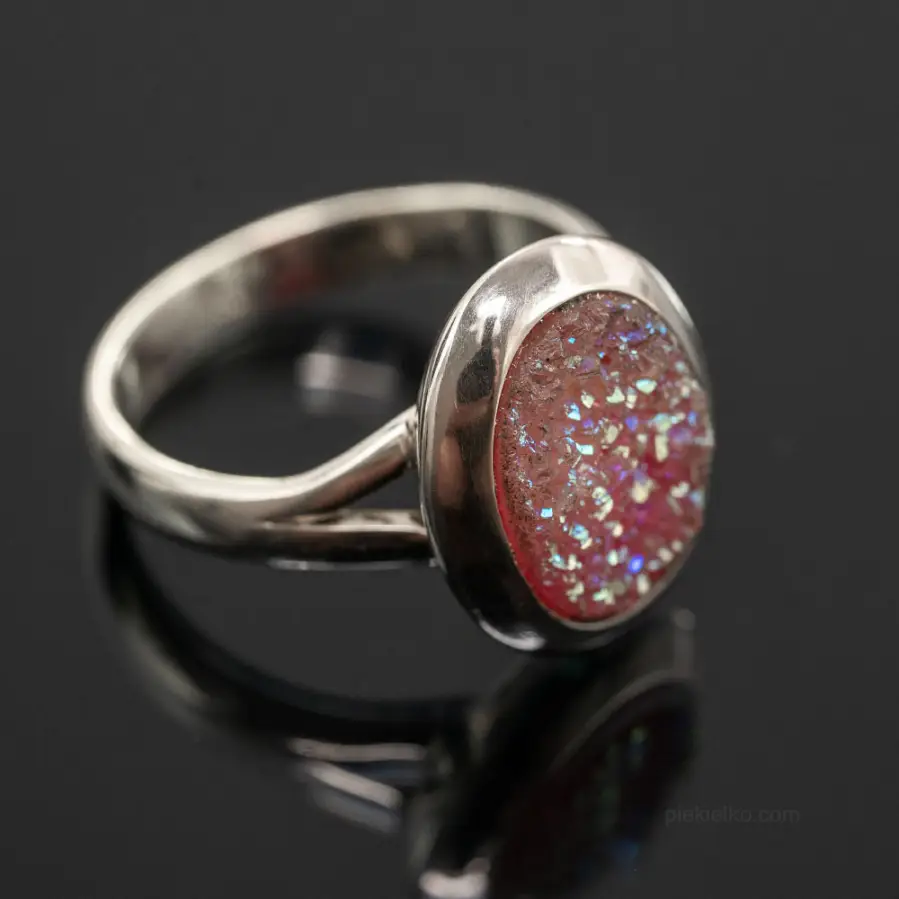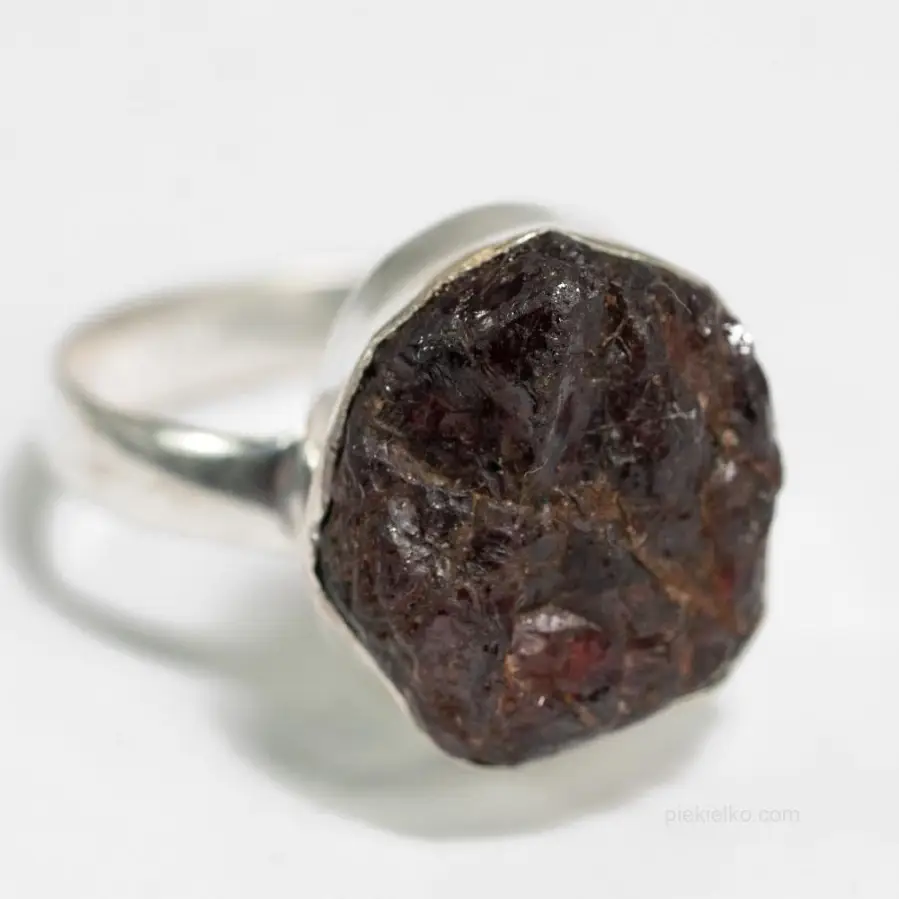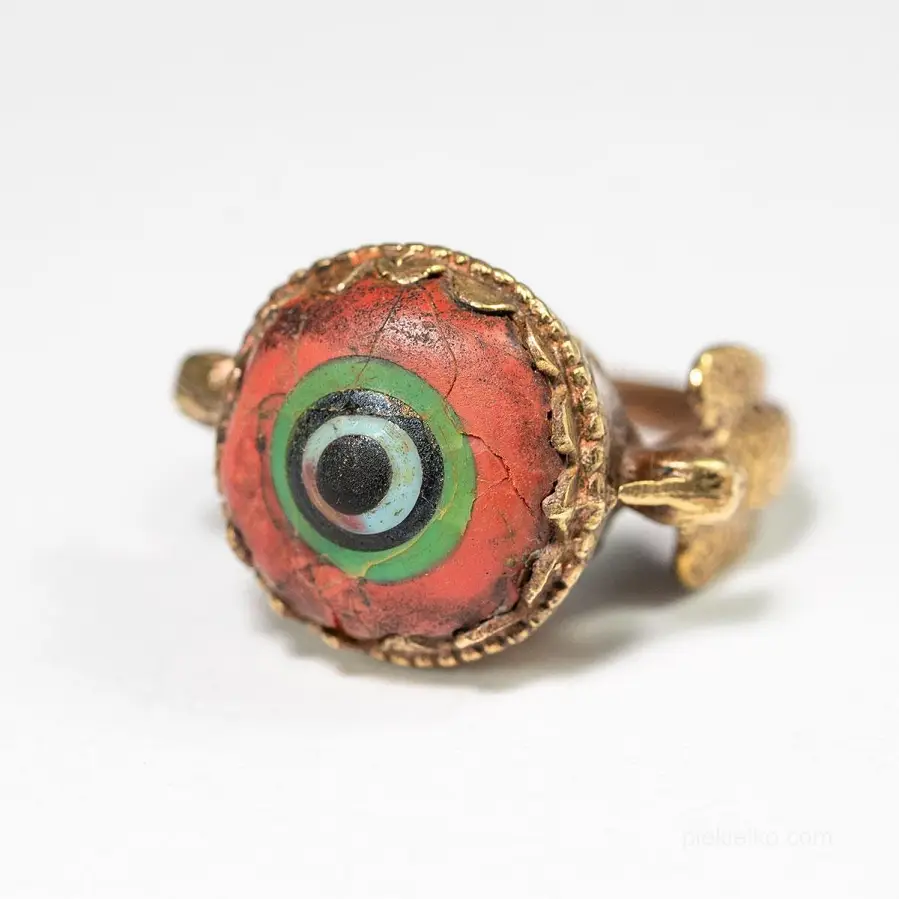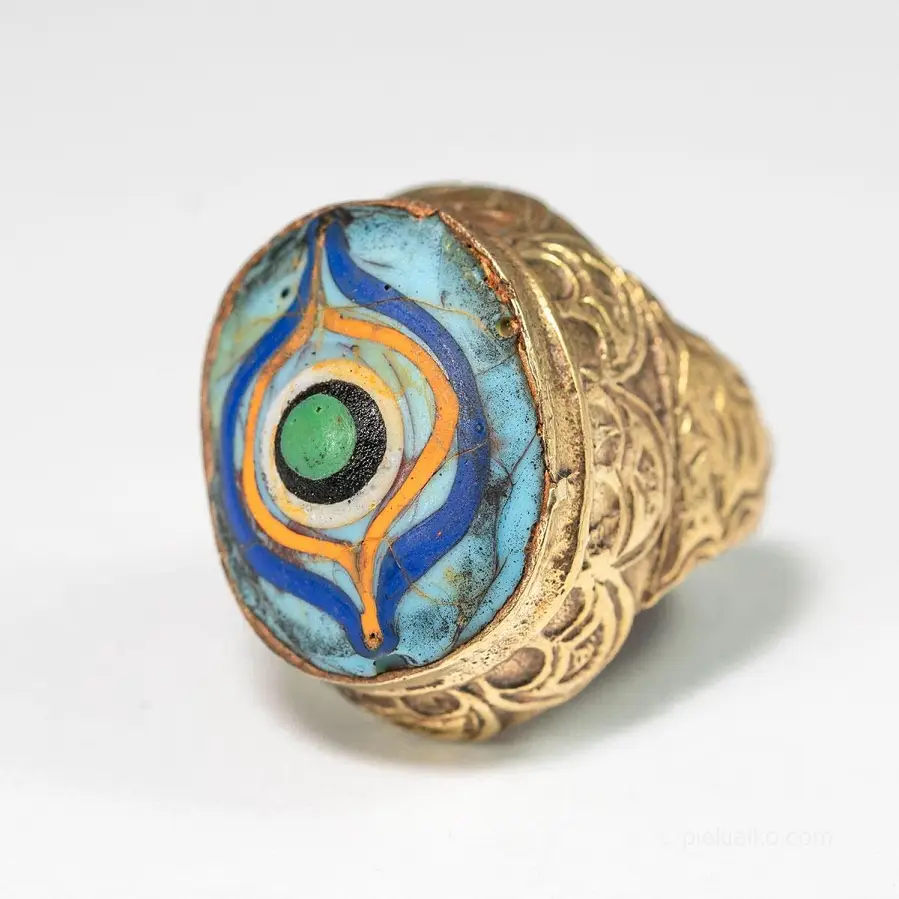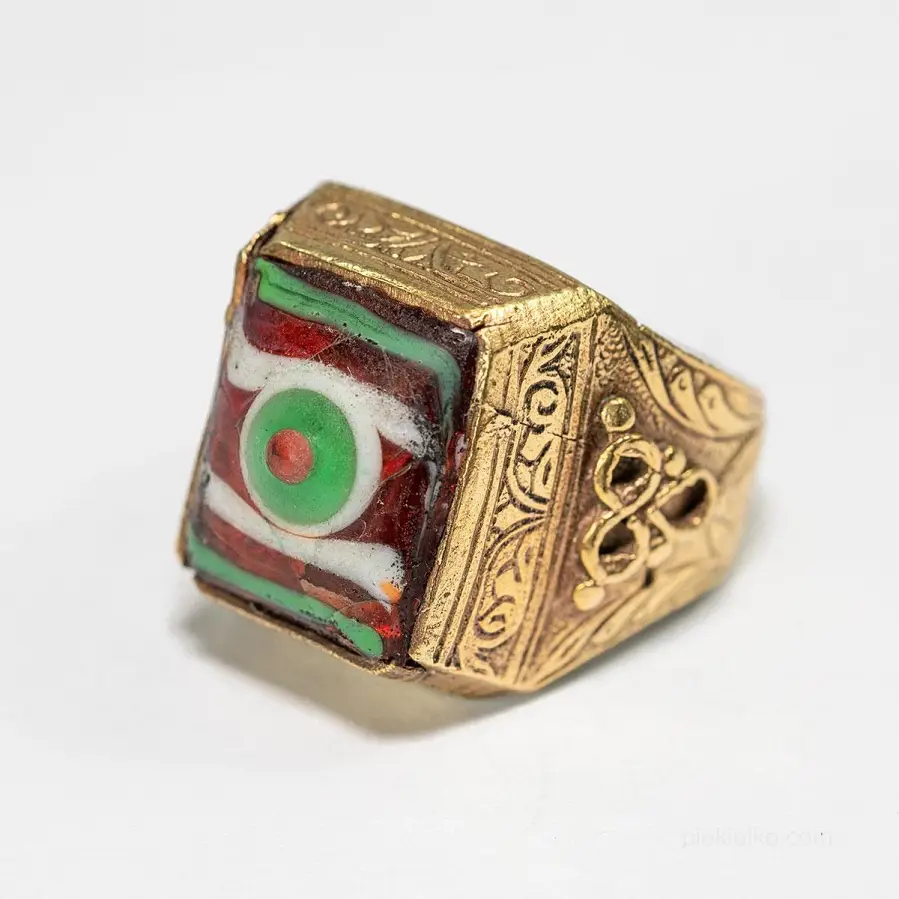Stone Age music - a musical instrument called a lithophone

The Đàn Đá lithophone. For thousands of years, the sounds of an unusual musical instrument - the lithophone - have resounded in Vietnam's Central Highlands (Tây Nguyên). In Vietnamese it is called Đàn Đá, which literally means "stone instrument." It turns out that, fascinated by the artistic abilities of our ancient ancestors, we have not paid due attention to their music. Meanwhile, in the caves of the Stone Age, both visual and acoustic works were created.
Material in the form of basalt rocks was widely available in the highlands, but the real art was to discover the sounds enchanted in the stones and arrange them into a melody. The lithophone, one of the oldest musical instruments, is a set of stone slabs of various sizes made using a simple technique. Stones of different sizes, placed on soft pads and struck with a hammer, produce sounds of varying pitch, the sound of which resembles the echo of mountains, the hum of a forest, the sound of a rushing stream or birdsong. It is hard to find music more integrated into the tnatural landscape.
In the late 1980s, more than 200 Đàn Đá stone slabs were discovered in the highland provinces. The individual sets consist of 3 to 15 pieces. The oldest Vietnamese lithophone known to date is more than 3,000 years old. It was discovered in 1949 by French ethnologist Georges Condominas.
Georges Condominas was born in Hải Phòng. His mother was Vietnamese and his father was a French soldier. While living with his family in Central Vietnam, he fell in love with the lives of the ethnic minorities there. After returning from his studies in France, he settled in a small village with the Mnông people and became one of them. He dressed like them and participated in their lives. One evening, while drinking rượu cần (strong rice wine) with his neighbors, he heard a story from them about strange stones deep in the forest. He immediately set out for Ndut Liêng Krak, where he found 11 oblong stone slabs ranging from 65.5 cm (5.82 kg) to 101.7 cm (11.21 kg) in length, clearly worked by human hand. Researchers at the Museum of Anthropology in Paris said it is one of the oldest musical instruments in the world with a rich range of sounds. The age of the lithophone has been estimated at more than 3,000 years.
Once living in the Highlands, people believed that the sounds of the lithophone were a symbol of the connection between people and heaven, the link between present and past lives, and the possibility of contact with the spirits of ancestors. The sounds of the stone slabs are lively and cheerful. In the high range they sound melodious and loud, while in the low range they are similar to the echo of voices reflected from the rocks.
Despite the passage of thousands of years and the great popularity of bronze instruments such as gongs, the people of the Tây Nguyên highlands have preserved their ancient stone instruments, and playing them, as a folk tradition, is passed down from generation to generation.
And yet Africa!
For decades, stones found in Africa were covered in dust in museum basements before French ethnographer and mineralogist Eric Gonthier spotted a musical instrument dating back to the Neolithic. More than 8,000 years ago, people worked these peculiar stones into a cylinder shape and of such length that sounds and resonance could be made from them. Eric Gonthier had to fight for six years before his thesis about Neolithic musical instruments was accepted. Many such lithophones are certainly lingering in museum storerooms identified as axes or other tools.
On the occasion of the Orchestre National de France's 80th anniversary, a one-of-a-kind concert of "Paleolithic" music was held in the auditorium of the National Museum of Natural History in Paris. The Orchestra's four percussionists performed on a lithophone a 42-minute musical story composed especially for the occasion by Philippe Fenelon.
Some researchers even believe that the famous Stonehenge megaliths in England were built in such a way that when the stones were struck, the voices of the spirits living inside could be heard. One thing is certain: our ancestors of 6,000-8,000 years ago had quite a musical talent!
- Created on .
- Last updated on .
- Hits: 9642



